
Why is it that even though the concept of inbound marketing is over 10 years old, there are still businesses churning out useless 500-word blog posts simply for the sake of writing blog posts, and complaining that content marketing isn’t working for them? There are various resources explaining how to come up with content ideas and how to write 2,000-word blog posts so why are some businesses just failing at content marketing?
It’s because they don’t have a content strategy.
Content marketing tips are tactical and will help you with keyword research, find topics to write about, and how to rank for competitive keywords, but none of that matters if there isn’t an overarching strategy that ties it all together with your business goals.
Content marketing done well can be one of the most valuable channels for sustained traffic growth, lead generation, and customer acquisition. Well-researched, high-quality content can also be a powerful driver for your PR efforts.
When marketers create write blog posts without a driving content strategy, they fall into one of two content traps which I’ll explain below.
An effective content strategy aligns content with the needs and intentions of the audience. This post will focus on that concept of audience intent throughout their purchase consideration process.
TABLE OF CONTENTS
1: Two Content Traps You Should Avoid
3: How Does See, Think, Do Help Your Business?
4: What Does See, Think, Do Looks Like and Content Strategy Examples
5: 5 Steps to Apply the See, Think, Do Content Strategy Framework to Your Content
Two Content Traps You Should Avoid
Marketing teams that aspire to be content marketing machines often fall into one of two traps:
In the Traffic Trap, a marketer will realize that a certain type of blog post or topic is more likely to get a lot of search traffic or social shares so they create more of that type of content. They later realize that while traffic grows, revenue doesn’t. In this case, the marketer fell into the trap because traffic was their measure of success. Unless you’re a media company that’s monetizing through ads, traffic is often a vanity metric.
Vanity metrics are surface-level metrics. They’re often large measures that impress others but don’t drive business growth.
For example, HubSpot, a marketing and sales software company, writes content about productivity at work. These posts get a lot of traffic but don’t convert into leads or customers. But they still write them because they want to grow their audience with the hope that a small percentage of them eventually turn into customers. However, HubSpot isn’t in the Traffic Trap for two reasons:
- A company the size of HubSpot can afford to invest in a large content machine.
- Productivity is one topic that fits into their overall content strategy.
In the Pitch Trap, a marketer creates content that’s focused on getting readers to pay for their product or service. It gets a handful of purchases, but there isn’t enough sustained traffic going to that content to continue seeing money come in. In this case, there isn’t a vanity metric. It’s simply a belief that writing about their own product or service will get people interested enough to write about it. Many of these companies don’t have a content strategy and simply write blog posts for the sake of writing blog posts.
Marketers fall into these traps because of two reasons:
- They measure the wrong metric
- They write blog posts without a content strategy
An effective content strategy creates the “why” for creating content. The why is generally a business goal such as generating leads and acquiring new customers. This why will help you create content that speaks to your audience at each level of intent in the consideration process from no commercial intent, some commercial intent, and high commercial intent.
We’re going to focus on how to create and execute on a content strategy that puts the buyer’s journey front and center. This is called the See, Think, Do framework created by Avinash Kaushik.
Why See, Think, Do?
The See, Think, Do content strategy framework focuses on audience intent. That means you must have an understanding of your buyer persona.
As stated in the name, there are three commercial intent clusters: See, Think, and Do. Every buyer goes through these stages as they consider a purchase. As marketers, we have to create content that solves for all three commercial intent clusters.
Note: The See, Think, Do framework can be applied across all content channels, including your blog, paid ads, social profiles, email, and more. This post will focus on website content.
The See, Think, Do framework helps you do two things:
- Identify gaps in your content
- Reflect on whether your content marketing is broad enough for each stage of intent
I’ll explain the steps to apply the framework to your content strategy at the end. Before that, let’s take a look at how to think about the See, Think, Do framework.
How Does See, Think, Do Help Your Business?
People in the See Intent Cluster have no commercial intent. If you’re selling t-shirts, this cluster includes anyone who wears t-shirts. They might like looking at pictures of fashion bloggers styling t-shirts or other tops in different ways. You should occasionally expose people in the See Intent Cluster to Think content.
People in the Think Intent Cluster have some commercial intent. These are people who are thinking about buying a new t-shirt. They might subscribe to email updates from a clothing company like Everlane. You should occasionally expose people in the Think Intent Cluster to Do content.
People in the Do Intent Cluster have very high commercial intent. They’re almost ready to purchase. You should provide them with content they care about like product reviews, testimonials, discounts, and freebies.
At each stage, you provide a little bit of guidance to move them to the next intent state. In behavioral science, these are called nudges. Nudges are indirect suggestions used to try to influence an individual’s decision making.
To move them to the next intent stage, you should also collect their email address. If you were able to satisfy what they were looking at their stage of intent, it’s more likely that they’ll subscribe to your content.
Many businesses don’t align the content they create with what their audience wants. They spend time on not-so-subtle ads and emails that are focused on getting people to BUY NOW! BUY NOW! This is a clear sign that a company isn’t focused on audience intent. (Well, they assume that everyone is in the Do Intent Cluster.)
Instead of thinking about typical demographic definitions such as age, income, education, and gender, the See, Think, Do framework focus on audience intent and the mindset they’re in. Shifting your focus to their mindset will help you think about what content you should create.
We’ll dive into content examples later.
Before that, here’s an example of an audience definition exercise that you should also go through for your business. I’ve included a free template below to help with that.
Action Step: Define your audience intent clusters. Use this See, Think, Do Framework Resource to organize your thoughts.
Before we get into content examples, remember that content doesn’t necessarily mean written blog posts. It could be creating videos, pictures, or audio. Again that means this framework can be applied across all your content channels like Instagram, Facebook SnapChat, and more, but to keep this article simple, we’re going to focus on content that lives on your website.
What See, Think, Do Looks Like and Content Strategy Examples
It can be tough to understand what a content strategy looks like in practice. Below are three examples of companies applying the See, Think, Do content strategy. I’ve provided a variety of examples include a software company (HubSpot), an e-commerce company (J.Crew), and an education company (Reforge).
HubSpot Blog
HubSpot is the go-to example of a well-oiled content machine that publishes anywhere from two to ten blog posts a day. They provide sales and marketing software products that help small businesses grow. Their blog cover a broad set of topics that address the three intent stages among their target audiences of small business employees in marketing and sales. To keep this part simple, we’re going to focus on their marketing audience.
Here’s how their See, Think, Do marketing audience might be defined:
See Content
HubSpot publishes content about productivity, one of their most popular topics, which gets seen by a lot of people, but generally doesn’t convert viewers into leads or customers. These are viewers who likely do marketing and are hoping to become more productive but don’t have commercial intent. This isn’t necessarily a bad thing. It might be the first time that many of these viewers landed on HubSpot.com. While they aren’t going to purchase a product now, they might end up looking at Think and Do content later down the line.
Think Content
In HubSpot’s case, they publish articles on how to create more effective email campaigns. This is more relevant to their marketing software and someone reading this blog post likely runs email campaigns and hopes to improve them. HubSpot provides an ebook or webinar on how to run better email campaigns or provides samples of the best email marketing examples. The reader might soon be open to a new product to help them run email campaigns.
Do Content
At the Do intent stage, viewers are looking for the final convincing evidence to make a purchase. They’re likely comparing various products and weighing out the pros and cons for each, looking for information to sway them towards the right product for them. This information is often found in the form of reviews, case studies, or side-by-side comparisons. HubSpot’s blog is light on Do content. Instead, their Do content is presented in the form of product pages, case studies, and reports. For example, the have a case study sharing how a small business increased revenues using HubSpot’s email marketing tools.
J.Crew Blog
J.Crew, a clothing retailer with various brands and channels, doesn’t seem to promote their blog often but they do a great job providing rich content in the form of videos and photos that fit the See, Think, Do content strategy framework.
Here’s how their fashionable See, Think, Do audience might be defined:
See Content
One example of their See content is clothing DIY videos. This is something their See audience might be interested in whether or not they decide to shop at J.Crew. Notice that there isn’t any information about their clothing products in that piece of content. However, the related articles section after the blog post points the reader toward Think content.
Think Content
J.Crew also features a series called “Locals Only” which highlight trips in interesting cities. They’ve written about their time in Porto, Portugal where artisans create their signature Ludlow blazer. While the piece is primarily about their experience in the city, they heavily feature the blazer in photos and provide links to various products, hoping to move the reader to the Do intent stage.
They’ve also written a post about learning style from their dads which focuses on the stories of their fathers, but also places the products front and center. There are multiple calls to action to “Get the Look” and a call to action at the bottom to shop the men’s collection.

Do Content
J.Crew doesn’t disappoint when it comes to Do content. One example is their introduction to the New Balance Cortado which focuses only on the shoes and the story behind them. The blog post provides a list of stores that will stock the shoes. It’s clear that they wrote this piece with the goal of providing information to people who want those shoes and want to know where to get them.
Reforge
Reforge is an online growth marketing course for advanced practitioners created by Brian Balfour.
Here’s how their See, Think, Do audience of growth practitioners might be defined:
Reforge provides a different type of example. The See, Think, Do content doesn’t all live on the blog and it’s extremely easy to navigate between them.
That’s because it’s all found in the main menu.
If someone is in the See Intent Cluster they might navigate to the blog and want content to learn from.
If they’re in the Think Intent Cluster, they might go to the Future Programs page to learn more about the program and course syllabus and see if they’re a good fit for it.
If the growth practitioner is in the Do Intent Cluster, they’re likely to navigate to the Reviews page to see what previous students have to say about the course.
The navigation is visible on all pages so someone in the See Intent Cluster could easily navigate to the Reviews page out of curiosity and end up with higher commercial intent.
5 Steps to Apply the See, Think, Do Content Strategy Framework to Your Content
Remember that this framework is dependent on your company. Just because a similar company has a certain structure to their See, Think, Do framework doesn’t mean that you should have the same content organization.
For instance, in Reforge’s case as an education company, their “See” content is case study content on the blog. Their “Think” content is the course syllabus.
In HubSpot’s case, that same blog content might be “Think” content because it shows that the marketer is thinking about how to get better at their job.
Keep in mind that these are not cut and dry categories. As an outsider, I might assume a piece of content to be Think content but the marketers might consider that same content to be Do content.
This framework is a tool to help you better cater to your audience, not tell you how to create content or what content to create.
Here are the steps to apply the See, Think, Do framework to your content:
1. Define your audience intent clusters.
Use this spreadsheet to help with that.
2. Categorize your existing content.
Export all your content into a spreadsheet and categorize each piece of content into See, Think, Do. This will help you evaluate whether or not each piece of content is successful at getting readers to take the desired action at that intent stage.
3. Evaluate the performance of your content.
If you have the numbers, input how effective each blog post is at their intended goal. You’ll need to have key performance indicators (KPIs) laid out to properly measure this. A simple example:
- See content might be focused on how many social shares that content gets
- Think content might be focused on converting them into email subscribers.
- Do content might be focused on getting them to fill out a form to get a demo or consultation or to purchase something from you.
If you don’t know what pages are generating subscribers or leads, I recommend you use HubSpot Marketing Free to install forms on your page. When someone fills out a form, you’ll also see what page they converted on. This will give you a view into which page is resulting in more subscribers or leads.
If they’re converting well, great. Make sure people who are in the Do intent cluster are getting to those blog posts.
If they aren’t converting, determine how you can refresh those blog posts to make them convert better. What is your audience thinking about before they buy your product or service? Answer those questions.
After reviewing your content’s performance, find what audience intent cluster you’re ignoring. For example, you might not have any content for the Think stage or your Think content is a mixture of See and Think. You have to make the call on whether to make it focus on the See or Think Intent Cluster.
4. Optimize your existing content.
It’s generally easier and less time-consuming to improve your existing content. Once you find the content that’s underperforming, revisit those pieces of content and refresh them. HubSpot optimized their old content and doubled the number of leads old blog posts were generating.
Refreshing content could mean editing the content to better align with its goal, adding more visuals to make the post more engaging, or even re-creating the content in another format like video, using an online video editor to transform written content into a captivating video. When the video is ready to share, use a free hashtag generator to optimize your content for social media platforms like YouTube. This can breathe new life into existing pieces and potentially reach a wider audience.
5. Fill in your content gaps.
Once you’ve optimized or refreshed your existing content, write create new content to fill your content gaps. Maybe you need more See content or Think content. Or maybe you have great See content that should be repurposed into video or audio. These are formats to test with your audience as well.
Your Turn
How are you applying See, Think, Do to your content efforts? What companies do you see doing content really well? Share your thoughts in the comments below.




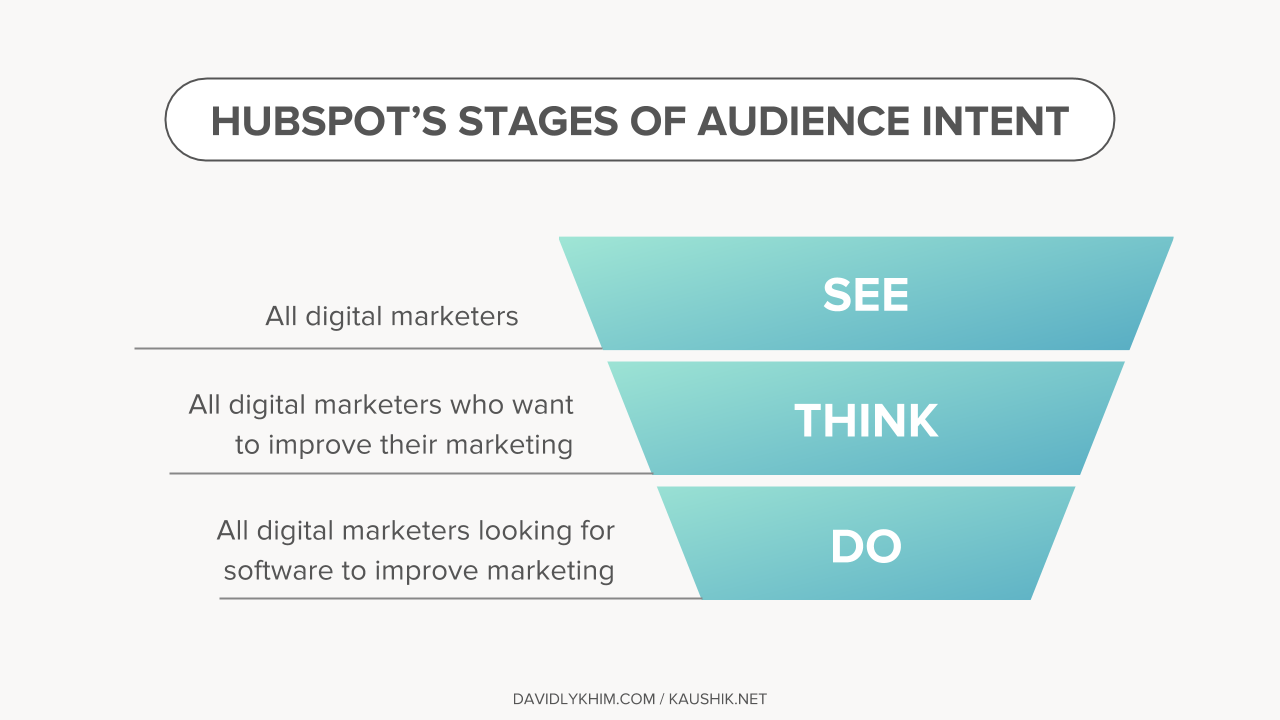
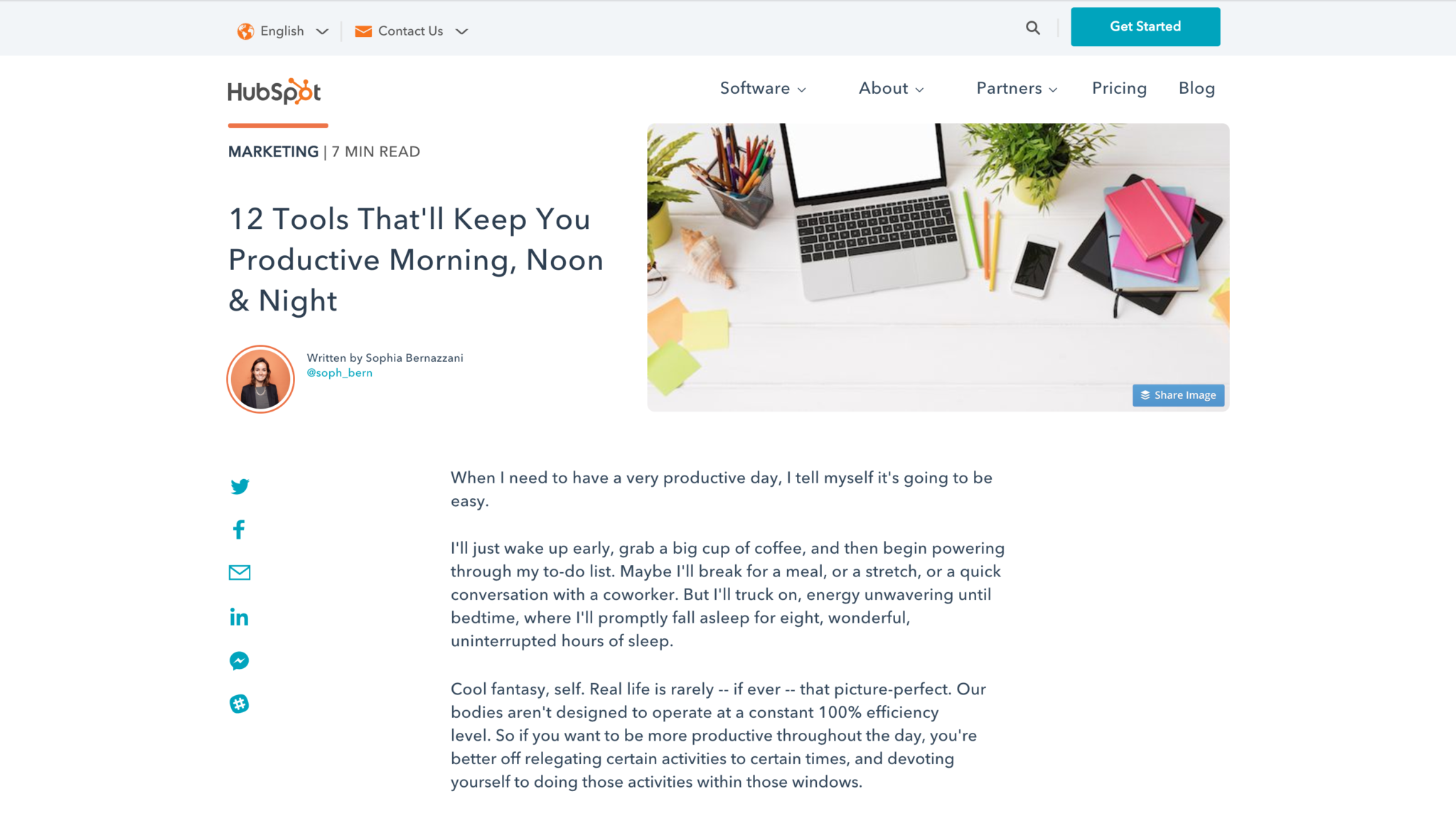
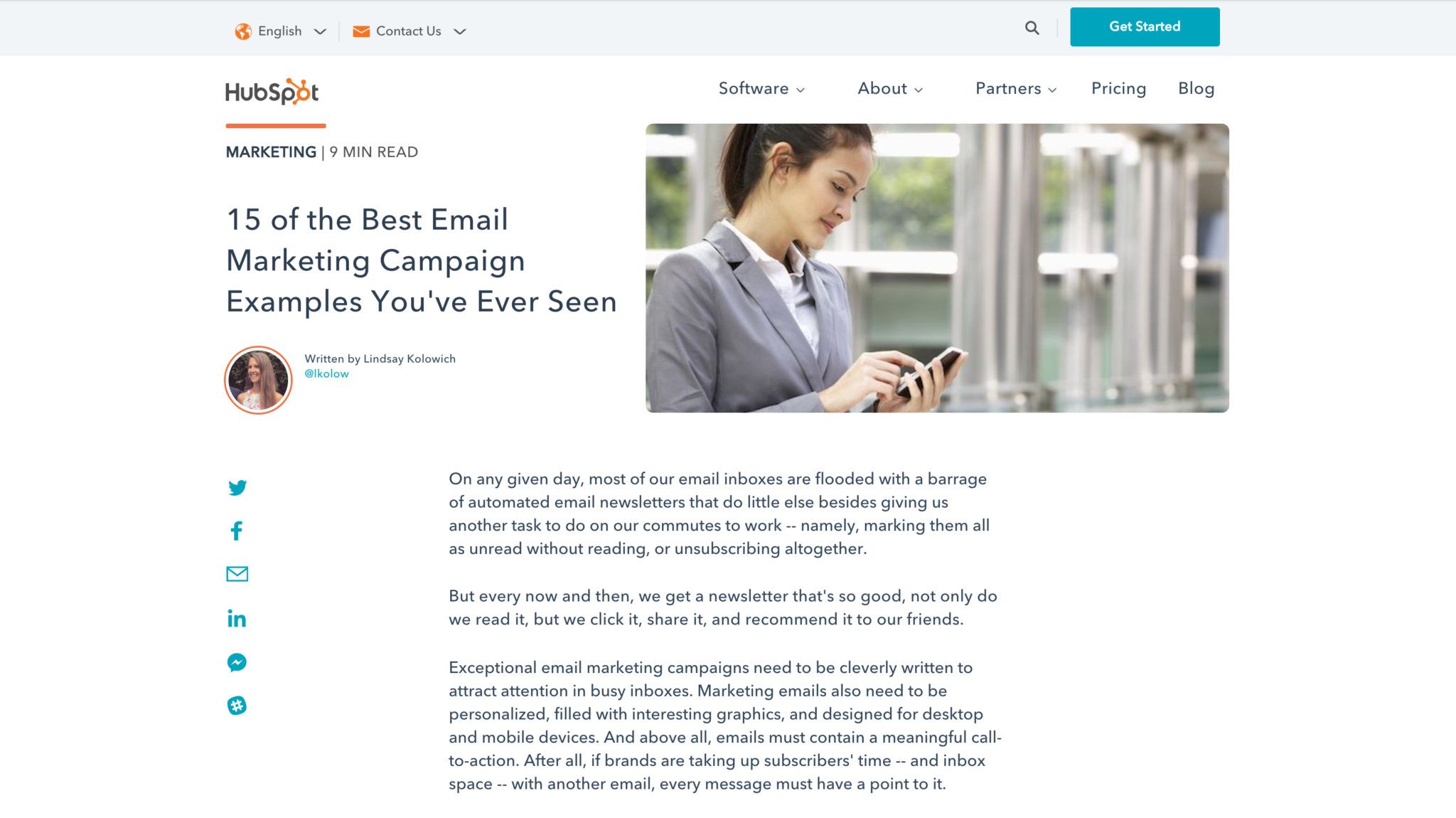



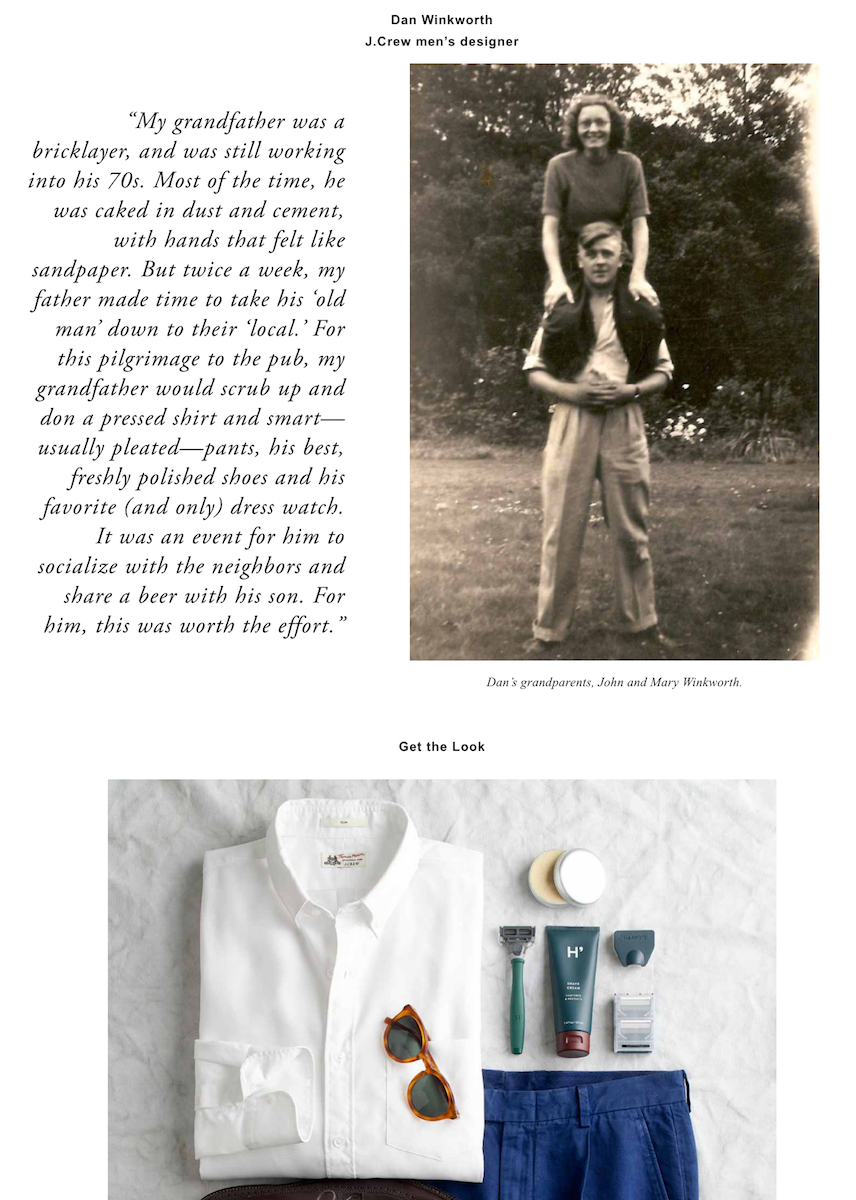


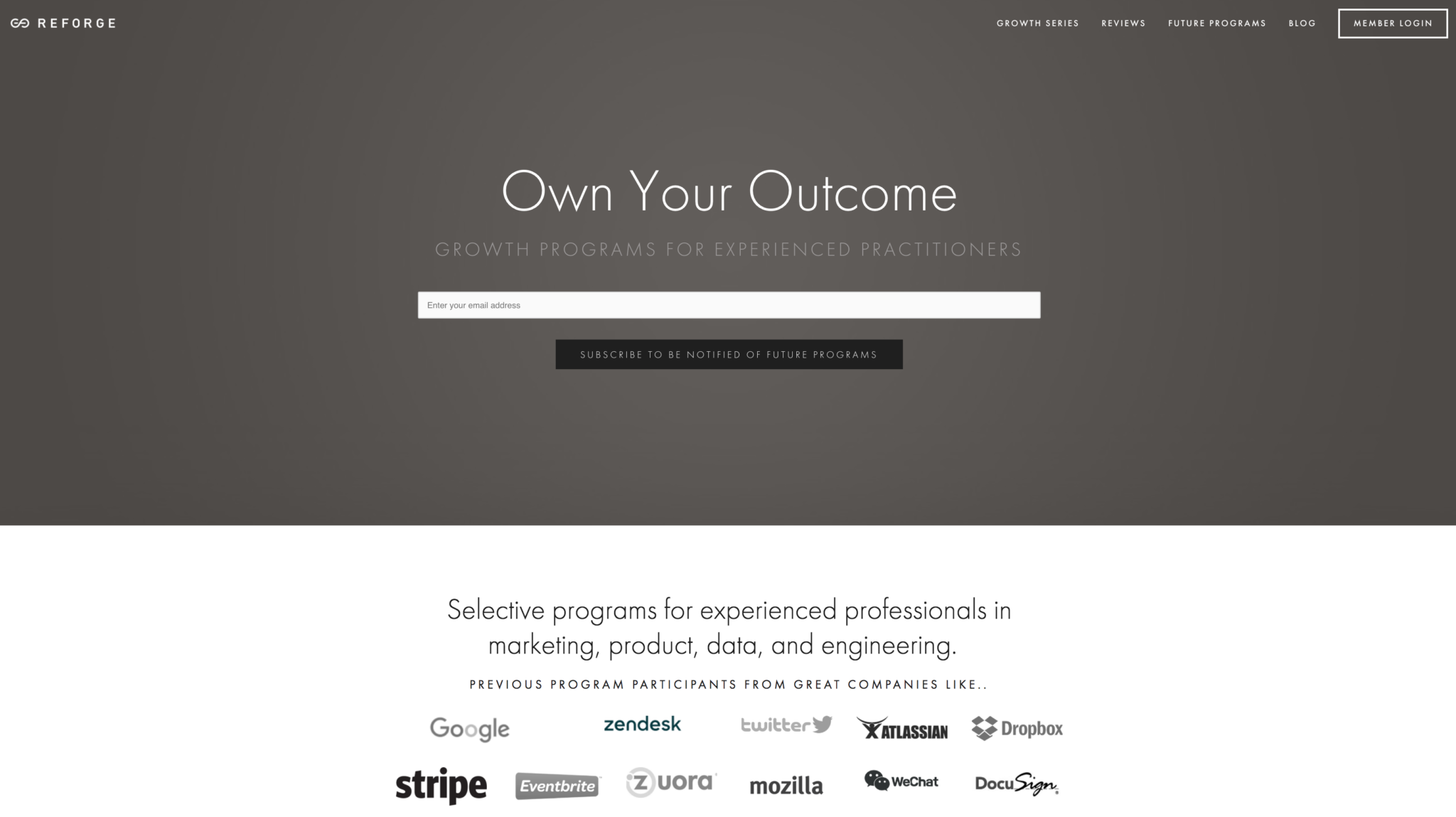
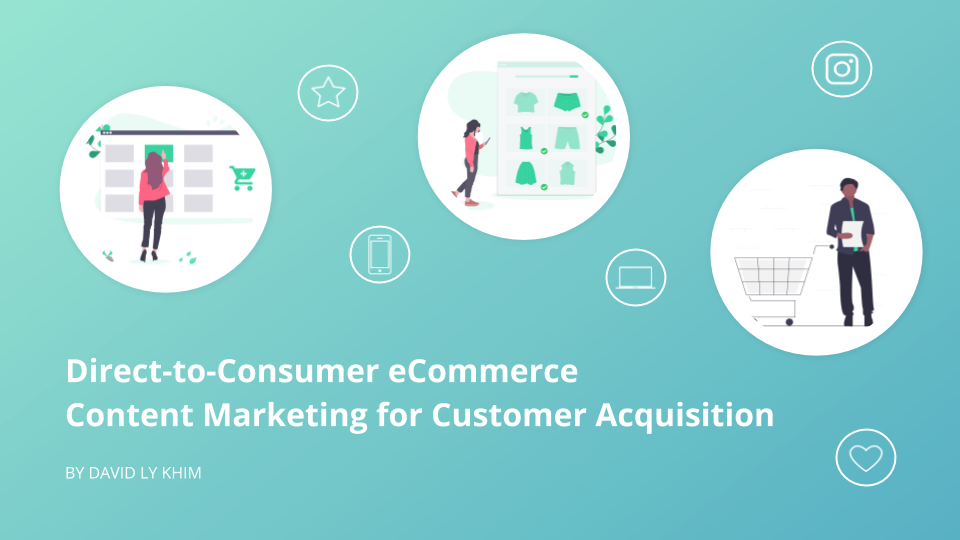
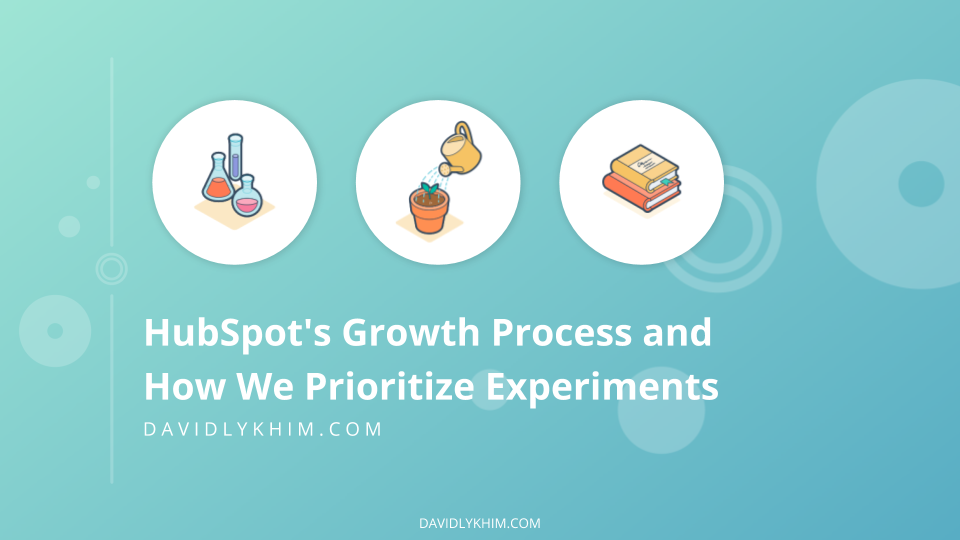
Hey David,
I like the See – Think – Do framework. It reminds me of Eugene Schwartz’s Five Stages of Awareness. Simplifying the framework down to three stages is probably more manageable for most applications, and I’ve often done the same with my own campaigns.
Setting out different KPI’s for each stage is very smart to ensure that content for each stage is produced with specific goals in mind.
Will be sharing this one!
Clement